News of the month
/News from the interface between the infinite istropic half-spaces of geoscience and technology. Got tips?
Matt was at the SEG Annual Meeting in Las Vegas at the beginning of the month. If you didn't make the trip, and even if you did, Don't miss his highlights posts.
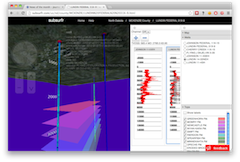 Webapp for wells
Webapp for wells
This is exciting. Subsurfr could be the start of a much-needed and long-overdue wave of rapid web innovation for petrotechnical tools. Much kudos to tiny Wellstorm Development for the bold initiative; it makes you wonder what on earth Halliburton and Schlumberger are up to. Right from your browser, you can fly around the subsurface of North Dakota, see logs, add picks, build surface segments, and provide the creators with feedback. Try it out!
OpendTect gets even awesomer
OpendTect goes from strength to strength, having passed 100 000 downloads on about 11 November. If you haven't tried it yet, you really should. It's like all those other integrated volume interpretation tools, with the small difference that it's open source-you can read the code. Oh, and it's free. There is that.
Paul de Groot, one of the founders of dGB, told me at SEG that he's been tinkering with code again. He's implemented GLCM-based texture attributes, and it will be in the open source base package soon. Nice.
The next big thing
 Landmark's PowerCalculator was good. Geocraft was awesome. Now there's Canopy - Enthought's attempt to bring Python coding to the rest of us. The idea is to provide a MATLAB-like environment for the galaxy of mathematical and scientific computing packs for Python (numpy, scipy, matplotlib, to name a few). It's in beta right now — why not ask for an invite? Even more exiciting for geophysicists — Enthought is developing a set of geoscience plugins, allowing you to load SEGY data, display seismic, and perform other nifty tricks. Can't wait.
Landmark's PowerCalculator was good. Geocraft was awesome. Now there's Canopy - Enthought's attempt to bring Python coding to the rest of us. The idea is to provide a MATLAB-like environment for the galaxy of mathematical and scientific computing packs for Python (numpy, scipy, matplotlib, to name a few). It's in beta right now — why not ask for an invite? Even more exiciting for geophysicists — Enthought is developing a set of geoscience plugins, allowing you to load SEGY data, display seismic, and perform other nifty tricks. Can't wait.
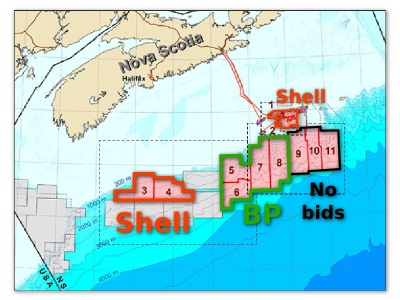 More Nova Scotia exploration
More Nova Scotia exploration
BP won licenses in the latest offshore exploration round (NS12–1), in exchange for a $1.05 billion work bid on 4 deep water parcels. This is in line with Shell's winning bid last January of $970 million, and they also added to their acreage — it seems there's an exploration renaissance happening in Nova Scotia. After the award, there were lots of questions about BP's safety record, but the licensing rules only allow for the highest bidder to win — there's no scrutiny of suitability at this stage. Awarding the license and later denying the right to drill seems a bit disingenuous, however. Water depth: up to about 3500 m!
This regular news feature is for information only. We aren't connected with any of these organizations, and don't necessarily endorse their products or services. Except OpendTect and Canopy, because they are awesome and we use them almost every day.
Students... take the FIELD challenge!
This news just in (thanks Jesper!) — I knew all about the AAPG Imperial Barrel Award, but hadn't heard of EAGE's equivalent before — the FIELD Challenge. Applications must be in by 15 December.
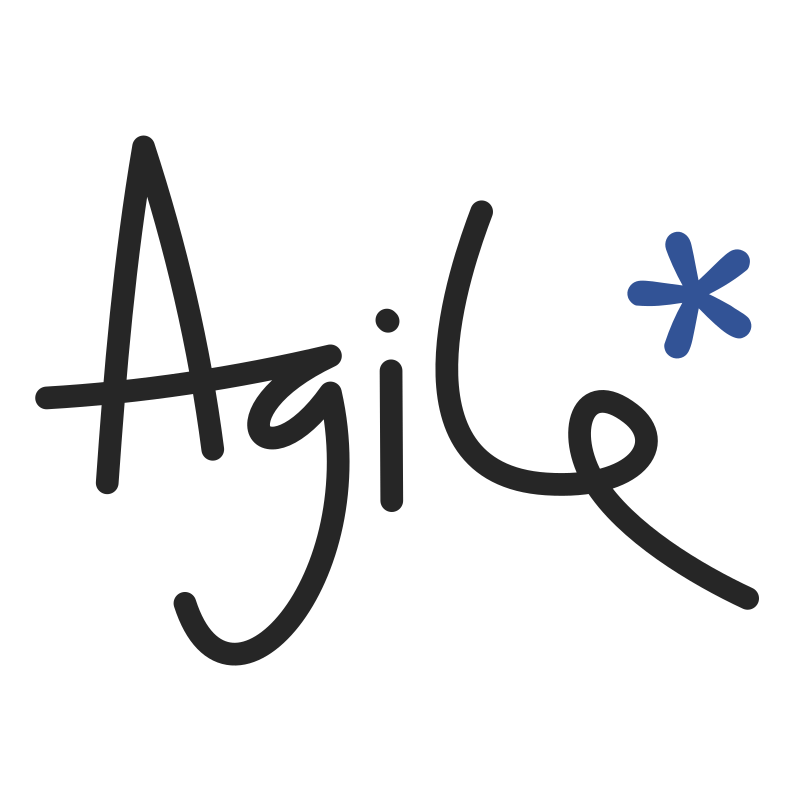

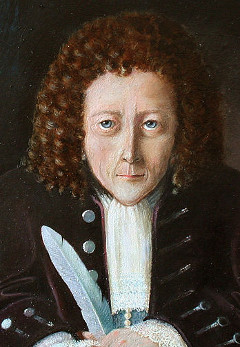
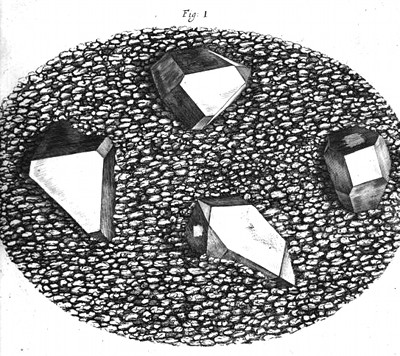
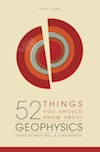
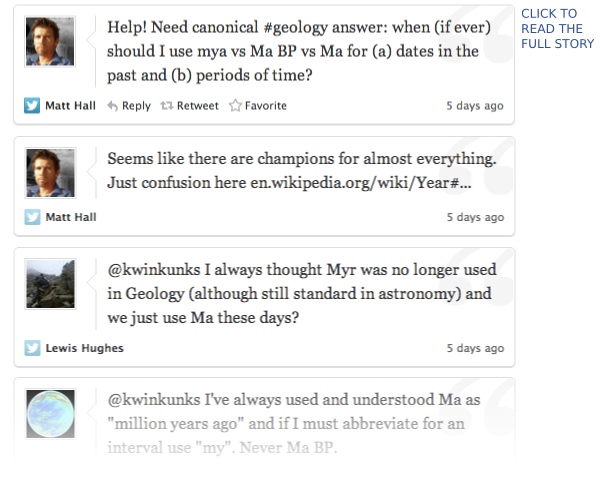
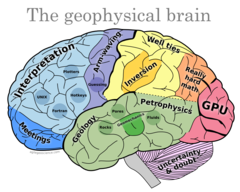
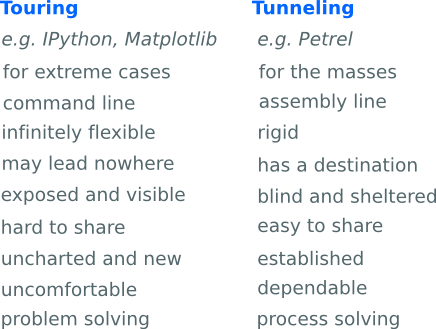
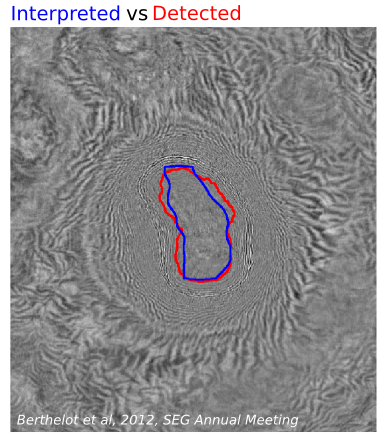
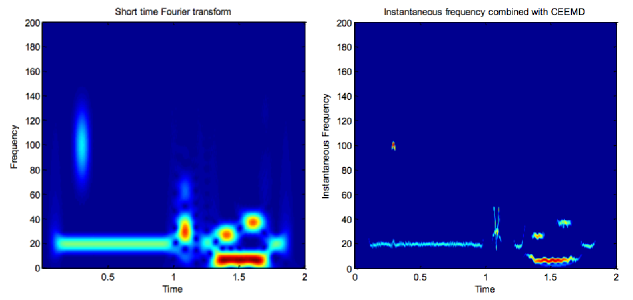



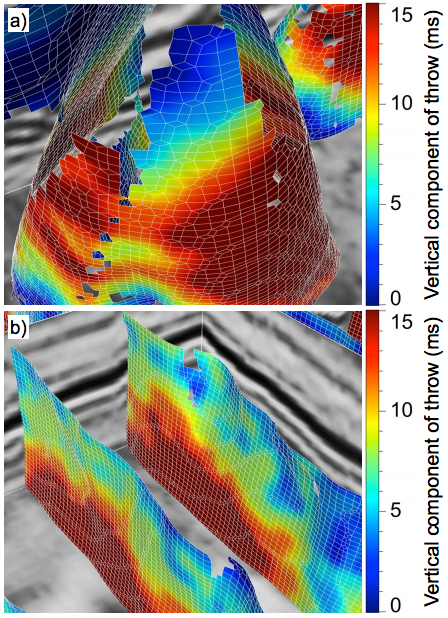
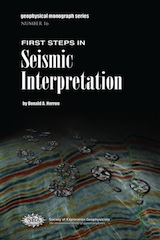
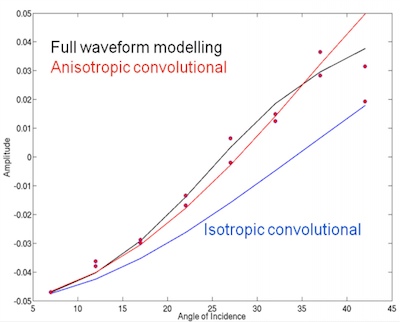
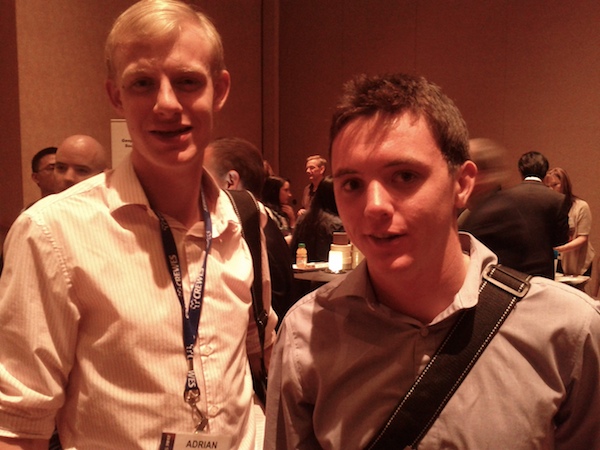
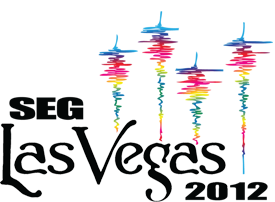
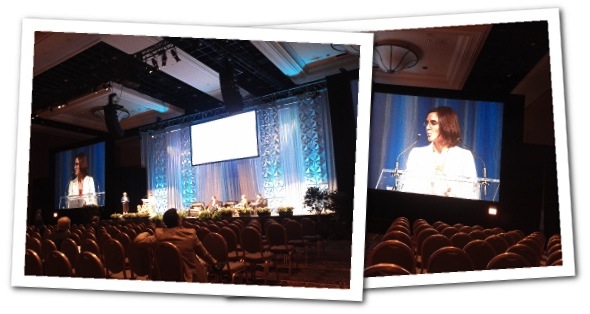


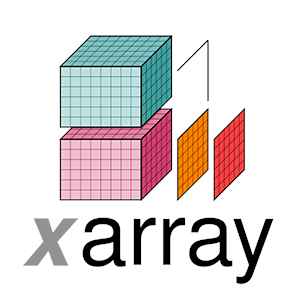

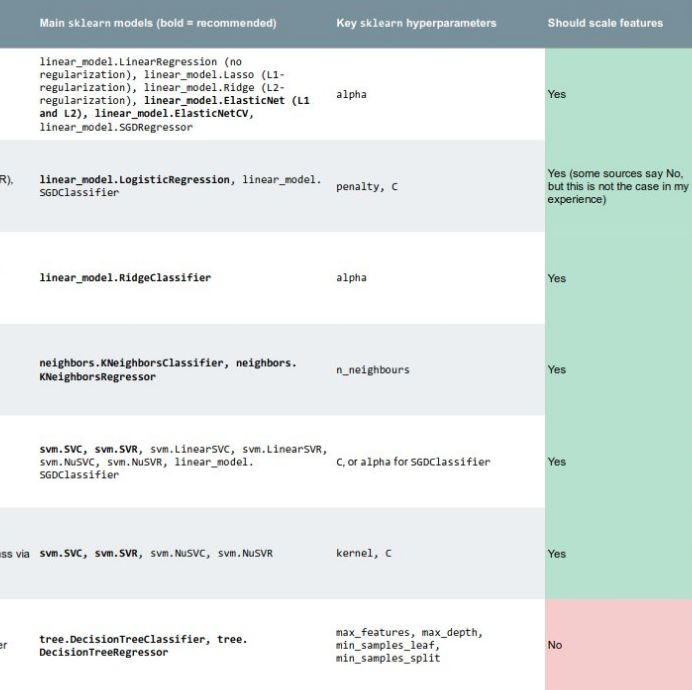


 Except where noted, this content is licensed
Except where noted, this content is licensed